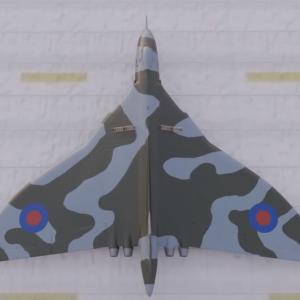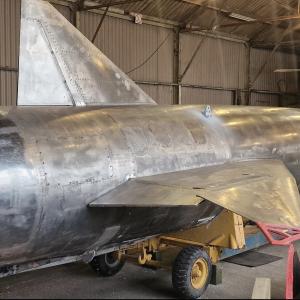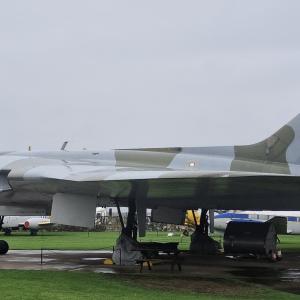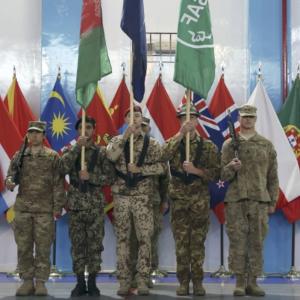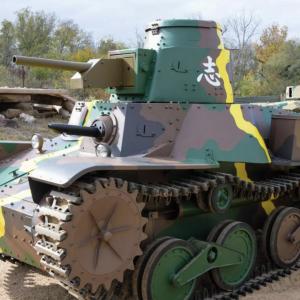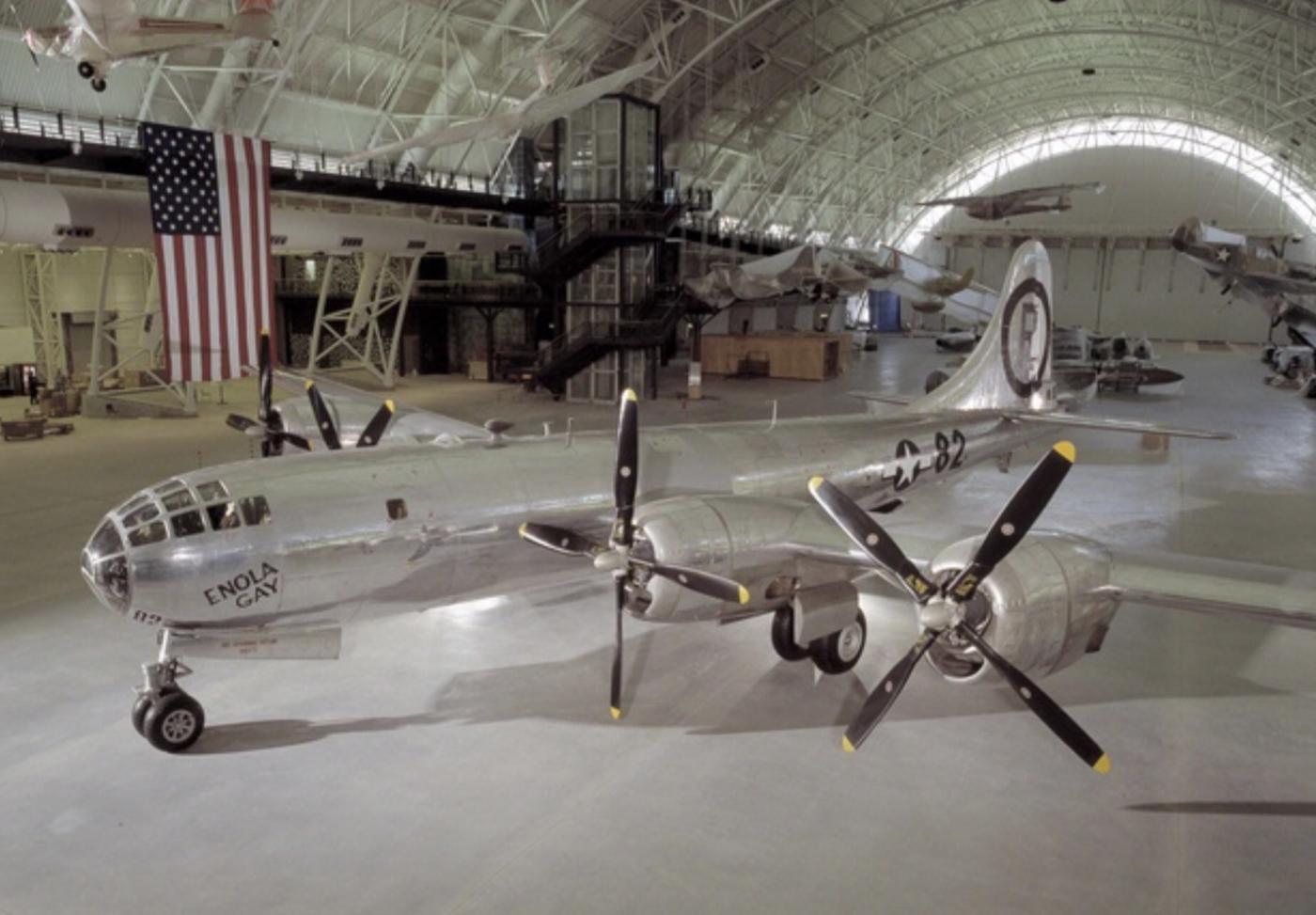
Enola Gay
The Enola Gay, a Boeing B-29 Superfortress bomber, carried out one of the most consequential missions in military and world history: the atomic bombing of Hiroshima on August 6, 1945. This mission marked the first time a nuclear weapon was used in warfare. Piloted by Colonel Paul W. Tibbets, the aircraft was part of the 509th Composite Group, a specially formed unit of the U.S. Army Air Forces created specifically to deliver atomic bombs.
The Enola Gay took off from North Field on Tinian Island in the Northern Mariana Islands at 2:45 a.m. local time. Tinian had been captured by American forces in 1944 and transformed into a major airbase. It had long runways and strong infrastructure to handle the logistics and weight of the atomic bombs. The aircraft was accompanied by two other B-29s: The Great Artiste and Necessary Evil. These planes served as observation and instrumentation aircraft for the mission. They met over Iwo Jima before heading toward the Japanese mainland.
The B-29 had been specially modified to carry an atomic bomb under a top-secret program known as Silverplate. These modifications included changes to the bomb bay, removal of most of the defensive guns to reduce weight, and installation of new release and arming systems designed for the unique nature of the atomic bomb.
The bomb itself, codenamed Little Boy, weighed about 9,700 pounds and used uranium-235 as its fissile material. It was loaded into the Enola Gay before takeoff and remained armed in-flight. The bomber maintained an altitude of around 31,000 feet during its approach to Hiroshima, a strategy designed to stay out of range of anti-aircraft fire and allow for a rapid escape after the drop.
At precisely 8:15 a.m. Hiroshima time, the Enola Gay released Little Boy over the city. The bomb exploded approximately 1,900 feet above ground, unleashing a blast equivalent to roughly 15,000 tons of TNT. After release, Colonel Tibbets executed a steep 155-degree right turn and descended rapidly to gain speed and distance. This maneuver had been carefully rehearsed to help the aircraft escape the effects of the bomb. Even so, about 11 miles away, the crew felt the force of the blast when the shockwave reached them.
After the bomb detonated over Hiroshima, the Enola Gay turned back toward Tinian. It landed safely at 10:58 a.m., completing a round-trip flight that lasted just over 12 hours. The mission had been deemed a military success, although the human and ethical consequences of the bombing were immense. The explosion instantly killed an estimated 70,000 people, with tens of thousands more dying from radiation exposure and injuries in the following weeks and months.
The Enola Gay was one of 15 B-29s that had been modified under the Silverplate program to accommodate atomic bombs. These changes were necessary because of the bomb’s weight, size, and complex detonation mechanism. The aircraft’s armor and gun turrets were stripped away, except for the tail gun, to reduce weight. The bomb bay was reconfigured with a new release system, and new electrical systems were added to support the bomb's arming devices.
The plane was powered by four Wright R-3350-23 Duplex-Cyclone radial engines, each producing around 2,200 horsepower. These engines allowed the aircraft to reach speeds of about 357 miles per hour and a range of more than 3,000 miles without refueling. Though powerful, these engines were known for overheating and reliability problems early in the war, but they were refined over time and proved effective during the atomic missions.
The B-29 Superfortress itself was designed by Boeing and was one of the most advanced bombers of its time. It featured a pressurized cabin, remote-controlled machine gun turrets, and long-range capabilities. Development began before the United States entered World War II, and the aircraft was designed to perform high-altitude strategic bombing missions deep into enemy territory. The pressurized cabin allowed the crew to operate at altitudes where oxygen masks would otherwise be required for long durations.
While a standard B-29 carried multiple .50 caliber machine guns and up to 20,000 pounds of conventional bombs, the Enola Gay carried only a pair of .50 caliber machine guns in the tail. All other armament was removed to reduce weight and increase range. U.S. military planners did not expect significant aerial resistance during the mission, as Japan’s air defenses had been largely neutralized.

